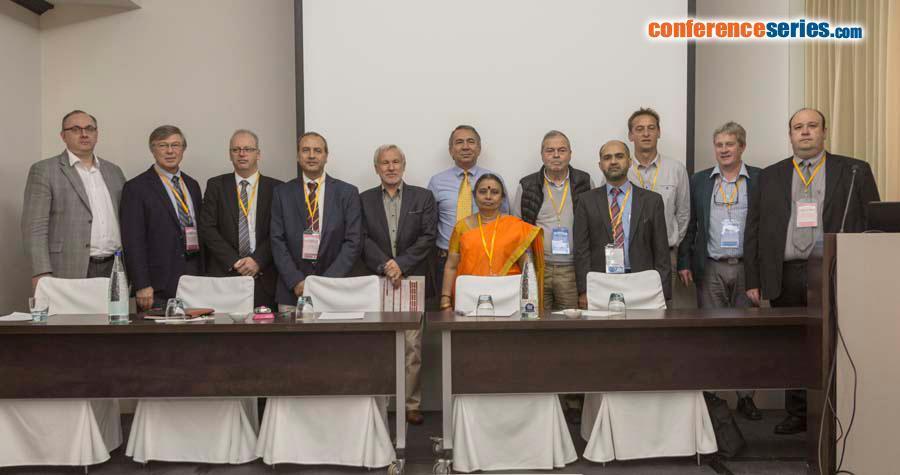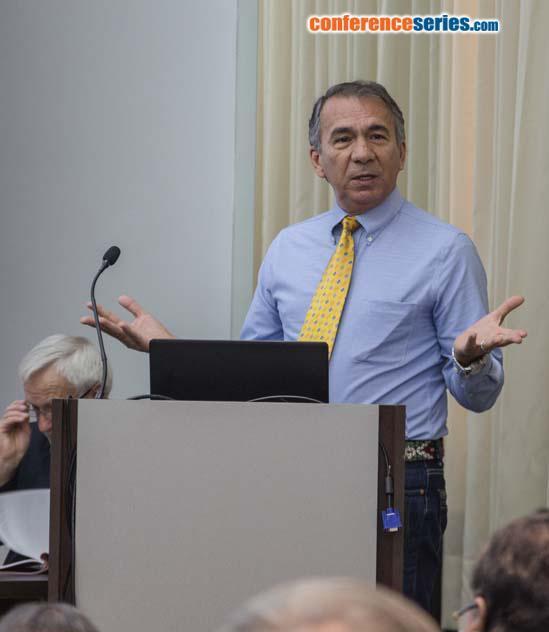
Ricardo Hugo Lira-Saldivar
Antonio Narro Agrarian Autonomous University, Mexico
Title: Possible applications of zinc oxide nanoparticles as promoters of seed germination and growth of Solanaceae plants
Biography
Biography: Ricardo Hugo Lira-Saldivar
Abstract
We examined the influence of ZnO nanoparticles (NPs) with and without silver added on germination of Solanum lycopersicum (tomato) seeds and on growth of Capsicum annuum (pepper) seedlings. The S. lycopersicum seeds were treated with 0, 5, 10, 15 and 20 mgL-1 of pure ZnO NPs. According to results, the 5 mg L-1 dose promoted better germination (93%), greater root and shoot length (13.35 cm and 3.25 cm respectively), as well seed vigor index, which was increased three times (1546.28±100.30) regarding to control (509.60±51.10). Our findings indicate that ZnO NPs promoted better seed germination by enhancing the antioxidative defense system, which finally resulted in increased seedling growth. The C. Annuum assays indicate that compared to control plants, treatments exposed to foliar application of 50 mgL-1 of ZnO NPs+Ag (2.5%), were those that had a significant higher shoot and root growth, as well greater biomass production with higher values of height (16.8%), leaf area (30.3%), total biomass production (59.5%), root dry biomass (112.5%), stem dry biomass (76%) and root length (24.4%). Regarding to control plants, those treated with ZnO NPs+Ag (2.5%), reported a quantitative increase of the chlorophyll index (8%) and leaves number (32.6%). The biological effect of the NPs applied, could be related to the zinc activity as a precursor in the production of auxins, which in turn promote cell division and elongation, as well by its influence on the reactivity of indol acetic acid, that acts as hormonal phytoestimulant.





